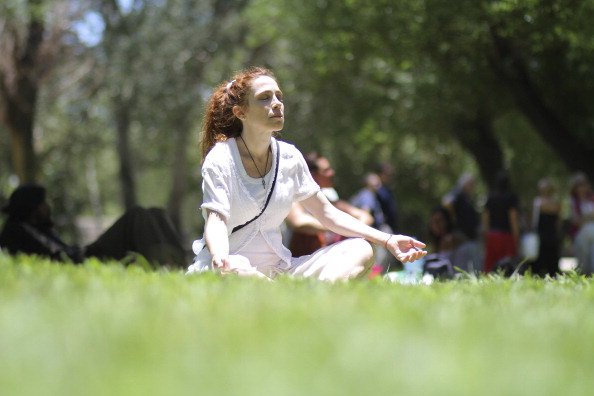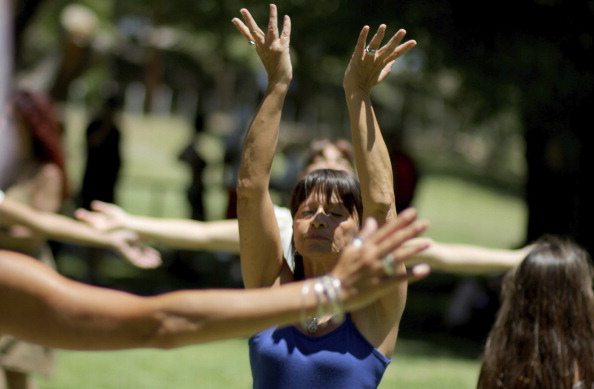How to Practice Buddhist Meditation

In the modern world, there are numerous facilities to make our lives more comfortable. From electricity to gas, latest means of transportation, communication and a rapid advancement of science and technology have brought about a revolution in this world. All those inventions were supposed to bring humans peace of mind and relieve stress; however, the outcome has not been the same. There are a number of people in this world who are ready to sacrifice everything they have earned throughout their lives just to find peace of mind. Rarely do we see people who keep a smile on their face regularly and are internally happy. Apart from troubles in our professional life, we fail to maintain the health of our relationships.
Meditation is an extremely useful way of releasing stress. Buddhist meditation is very easy to learn, although it takes time to be mastered. If you are looking for peace of mind then Buddhist meditation can help you.
Instructions
-
1
Atmosphere
If you are not comfortable sitting on the floor then use a soft pillow or a cushion to sit. If you are a beginner, you would need a quiet atmosphere. It is not necessary that you have absolute silence but switching off the television or radio is important. However, once you get used to meditation, you will be able to do it even in crowded or noisy places. Your dress must be comfortable, neither too warm nor too cold.
-
2
Posture
Sit on the cushion or on the floor. If you are not comfortable in a lotus position then sit cross legged (tailor style).
Let your hands rest on your lap one in the other, with the palms facing upwards. You can also place your hands on your knees with the palms up on your knees and the thumbs should be touching the middle finger. Initially, you should not worry too much about the shape. Just try to maintain focus.
Close your eyes and take deep and slow breaths. Relax your face and jaw and count your breaths from one to ten each time and feel that you are releasing tension through every single breath. If any thought, sound or a sensation comes into your mind then try not to follow them.
-
3
Timing
For a beginner, you should meditate for just 10 minutes. However, you can increase the time later on. Decide the time before you start to meditate and set a soft alarm. Once you are done, start to move slowly. Let your hands fall to the sides, open your eyes and do some stretching.
If you really enjoy the experience and you want to meditate regularly, you can invest on some meditation cushions, incense and decorations to create the right atmosphere.







